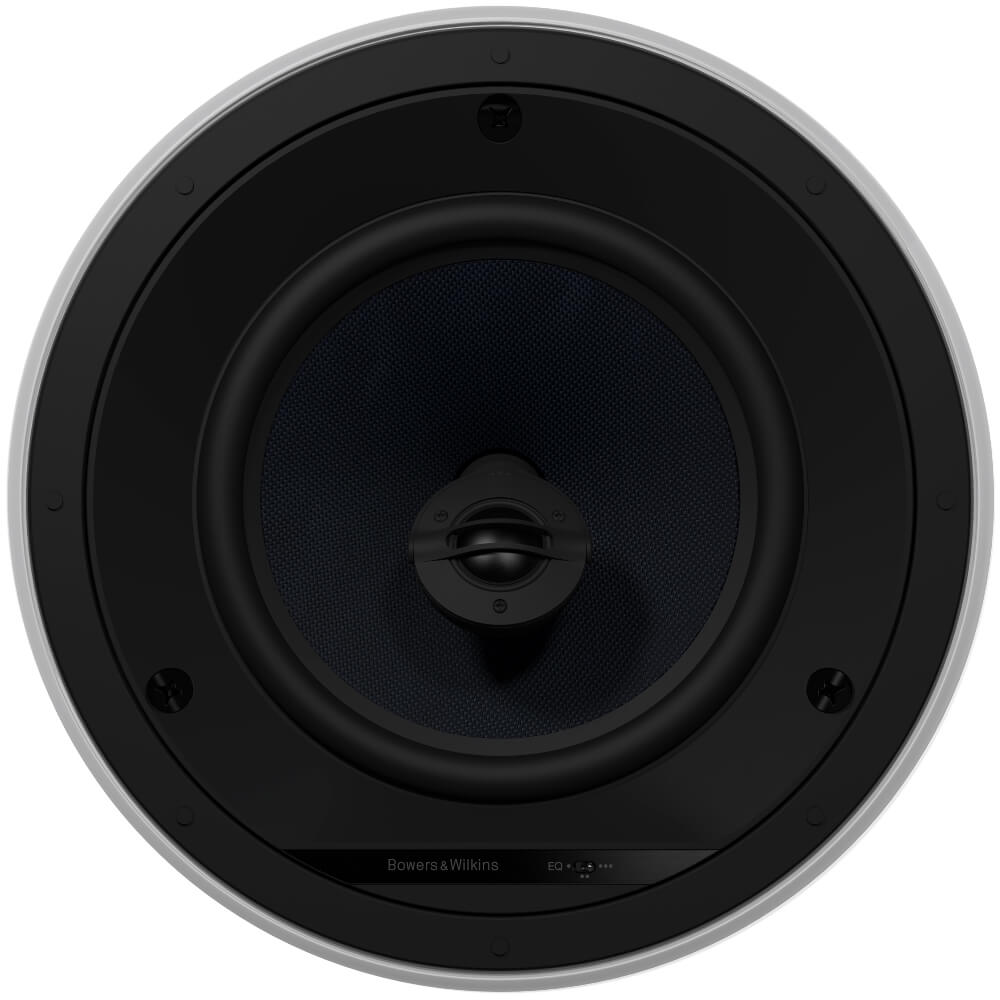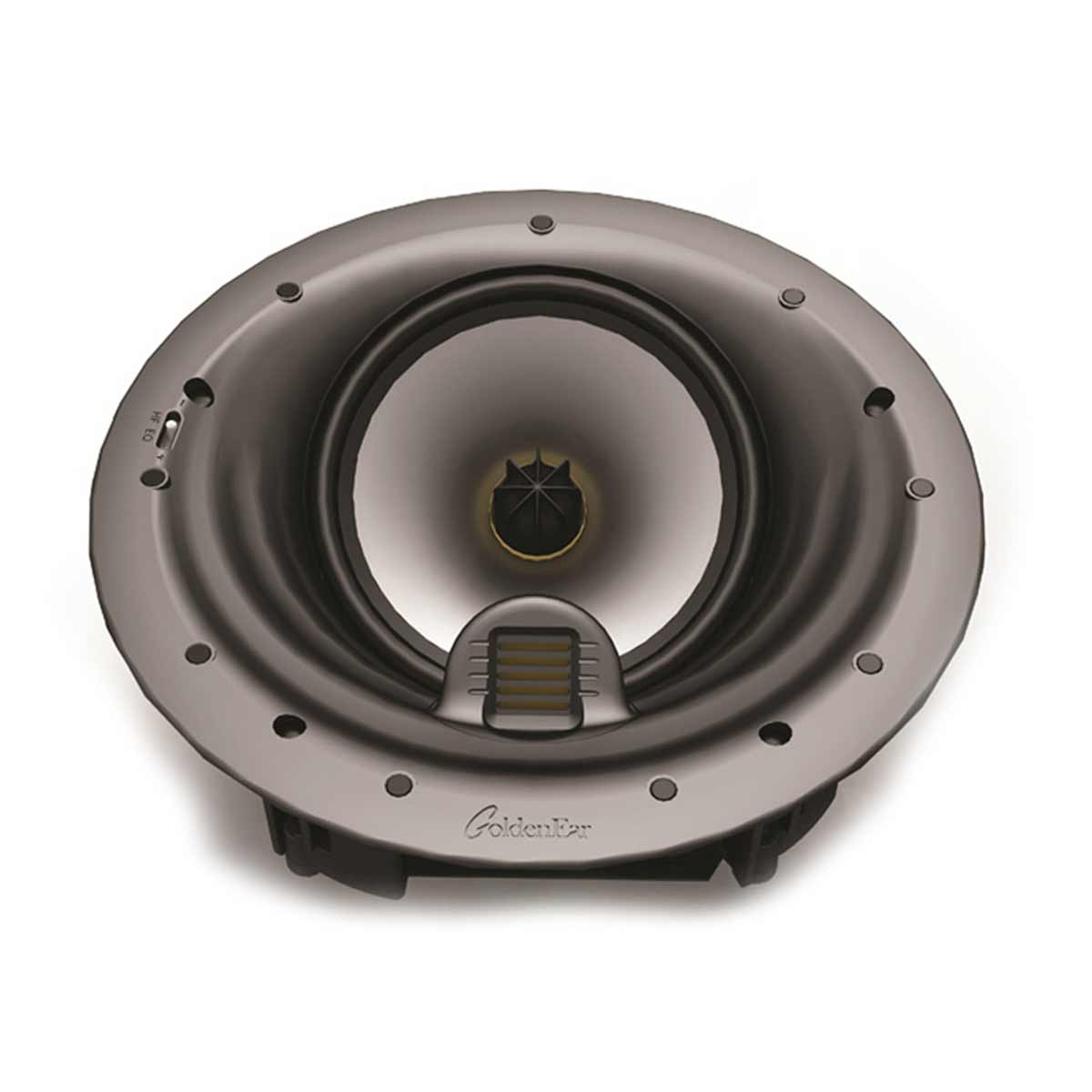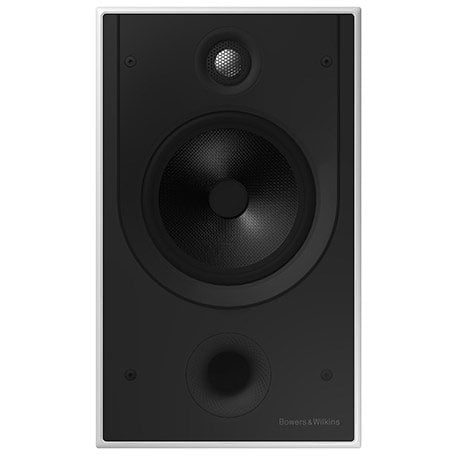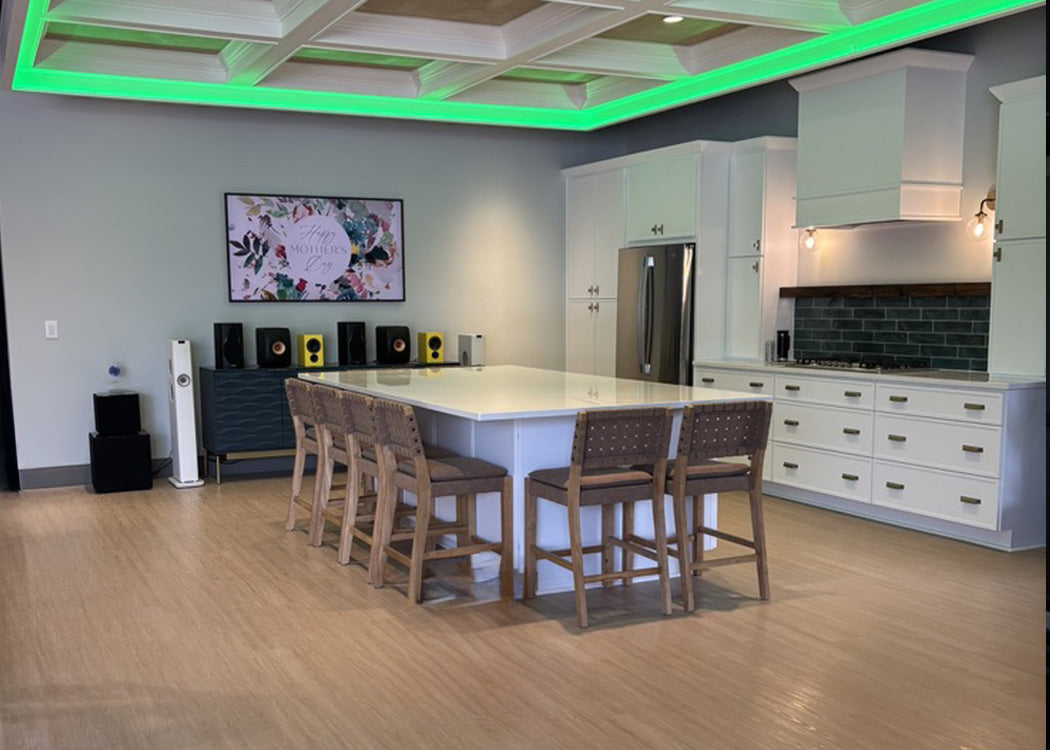Home Theater DIY: How To Paint In-Wall & In-Ceiling Speakers For Dolby Atmos Systems



Bowers & Wilkins CCM 665 In-Ceiling Speakers - Pair
$750.00

Bowers & Wilkins CWM 7.5 S2 In-Wall Speaker
$1,350.00

GoldenEar Invisa HTR 7000 In-Wall/In-Ceiling Loudspeaker
$599.99

MartinLogan ElectroMotion IW 6.5-inch In-Wall Speaker
$599.98

Bowers & Wilkins CWM8.5 D In-Wall Speaker
$3,250.00
Learn More
































